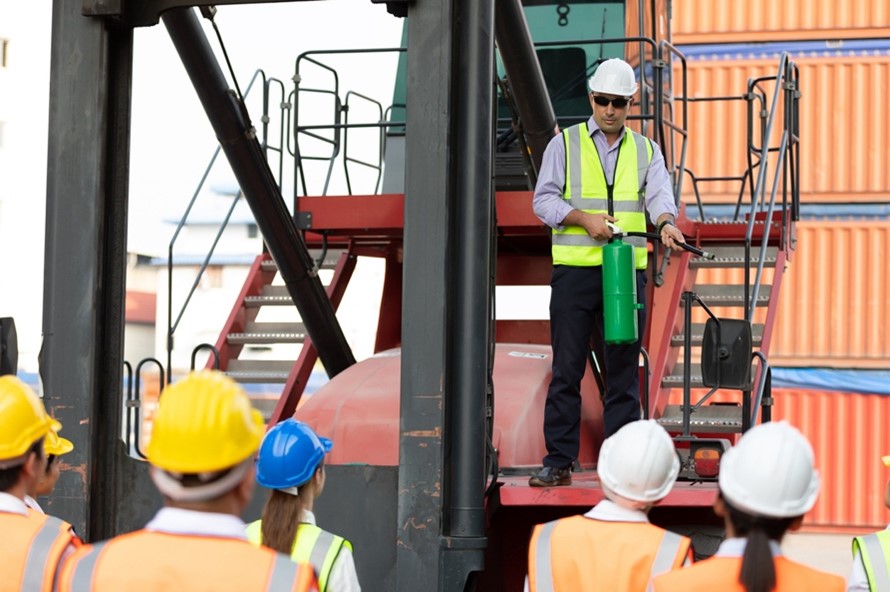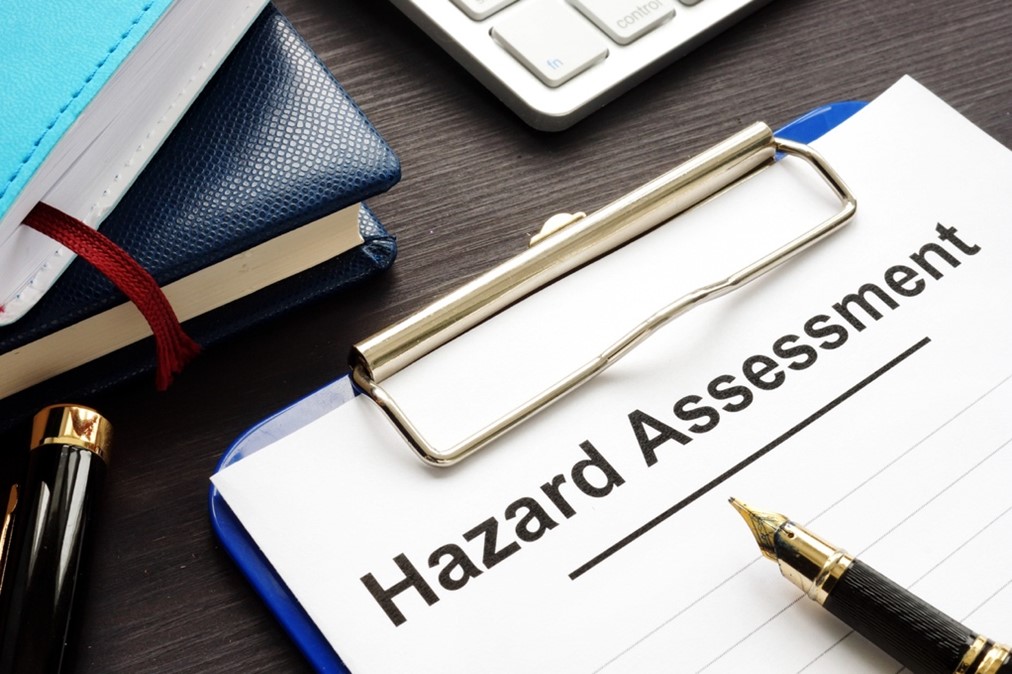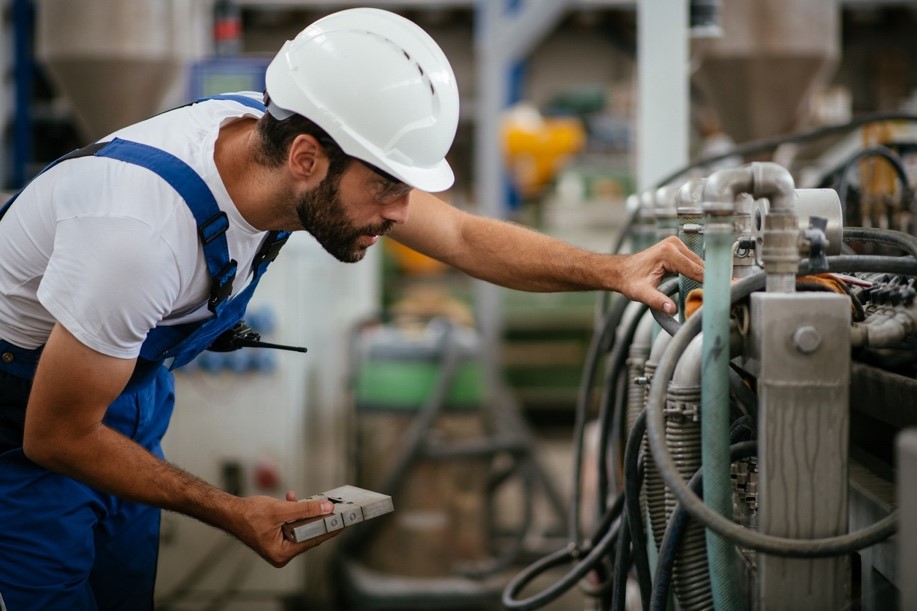Almost everyone knows about health and safety procedures in the workplace, if only through articles in the press. The problem is that, despite its importance, they are often considered box-ticking exercises, with the consequences not being taken as seriously as they should. In fact, these guidelines are critical to maintaining a safe and productive working environment for all, and ignoring them might result in catastrophic outcomes, such as severe injuries or even fatalities.
In this blog, we will focus on and explore the top five health and safety practices that can make a huge difference in the workplace and how to understand and implement them to make workers more aware of their own and their colleagues’ safety.

1. Comprehensive Training
Whether it’s PASMA training, fire extinguisher training, or asbestos training, the training itself is the cornerstone of any effective health and safety program. It needs to be carried out and updated regularly, regardless of the budget, employees’ work patterns, or situation. It ensures that all workers, whatever their role, understand the risks of their jobs and know how to tackle them if they meet any.
Whether its someone works on regular daily shifts or an occasional collaborator who shows up only once a month, everybody must be on the same page and know how to perform their tasks safely. Inexperience is a critical factor when it comes to accidents, and a single day of training can be the difference between life and death!
Businesses must also remember another valuable aspect: conducting safety training services improves overall efficiency. When employees know how to do their jobs safely, they reduce downtime caused by accidents. It’s then extremely important to invest in high-quality training programs, like those offered by specialised organisations, so that everyone is equipped with the right tools and knowledge to stay safe.

2. Conducting Effective Risk Assessments
Despite the Health and Safety Executive (HSE) recommending that risk assessments are carried out for every job, some employers take this request to extremes and demand a risk assessment for every action instead of focusing on dangerous activities, resulting in the practice being misunderstood or poorly executed.
An effective, well-planned risk assessment starts with understanding the specific tasks and environments in a workplace, identifying potential hazards and the risks associated with them, and adopting measures to control those risks. The key steps to follow in risk assessment are:
- Identify anything that could potentially cause harm.
- Determine how people might be harmed and how.
- Evaluate risks and decide on effective precautions.
- Record findings and ensure they are communicated and put into practice.
- Regularly review and update the assessment.

3. Ensuring Equipment Suitability and Maintenance
It is essential to use the right equipment for each job or task at hand and keep it in good working condition. By prioritising equipment suitability and maintenance, the risks of accidents caused by equipment failure can be largely reduced.
Regular tool and machinery maintenance checks are vital and non-negotiable. Even the best equipment can become faulty if it doesn’t undergo the proper checks, revisions, and repairs over time. For instance, a sturdy ladder can become extremely dangerous if it’s left to degrade! So, all businesses should implement a regular maintenance schedule that includes routine inspections and prompt intervention or replacements as needed.
Again, training and risk assessments are central here, too. All workers need to be trained on how to use the equipment correctly, and risk assessments guarantee that the proper tools are always available for each task.
4. Improving Time Management
A rushed job is a dangerous job. Time management is often overlooked when it comes to workplace safety, but the truth is it’s critical. Employers have a duty of care to ensure that their employees are not pressured to work faster than is safely possible.
Proper time allocation and realistic deadlines for tasks to be completed safely are paramount here. When carrying out risk assessments, it is important to consider the time needed to perform each task safely. Of course, some employees may work faster than others, but it would be beneficial to outline average time expectations as a guide so that no one feels pressured to cut corners, putting their safety at risk.
Employees should feel safe speaking up if they feel rushed. A good work environment is one where workers can openly communicate their concerns without fear. Managers and team leaders are key here; they should be trained to recognise when employees are under too much pressure and help them where possible.

5. The Importance of Ongoing Training
And finally, we go back to where we started: training! Training is not a one-time thing; it should be consistent and continuous to maintain a safe workplace for all. So, while initial training is definitely important, it is equally vital to offer employees ongoing education so they remain aware of the latest safety practices and protocols.
For example, regular refresher courses – like our SSSTS refresher course – and training sessions can reinforce what employees have already learned and introduce new information as needed. This approach helps prevent overconfidence, which can lead to accidents just like inexperience. What’s more, continuous training also improves timely response in case of emergency, potentially saving lives and reducing injuries.
At Boss Training, we take pride in offering some of the best health and safety courses available on the market, including IPAF and PASMA training. These useful courses give any employer the peace of mind that everyone in the workplace deserves, providing them with the knowledge and skills they need to contribute to a safe working environment. Contact us to book one today at one of our 42 training centres, either online or in person, to make sure your team is accredited sooner rather than later!